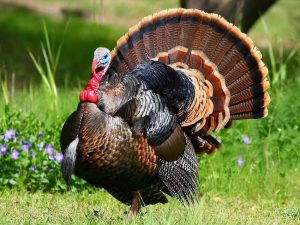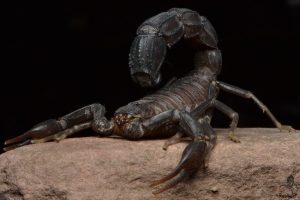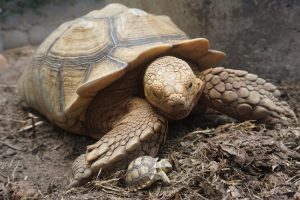When people think of Australia, they immediately picture kangaroos hopping across vast grasslands. With their distinctive pouch on their belly and powerful hind legs, Kangaroos are one of the most unique animals on the planet. But do you know what other interesting habits and characteristics kangaroos have?
Join KnowAllAnimals to learn more about their lives in the wild and discover the best places in Australia to see these fascinating animals!
Scientific classification
- Kingdom: Animalia
- Phylum: Chordata
- Class: Mammalia
- Infraclass: Marsupialia
- Order: Diprotodontia
- Suborder: Macropodiformes
- Family: Macropodidae
1. Introduction to the Kangaroo
The Kangaroo, also known by its scientific name Macropus, is the iconic animal of Australia. They belong to the family Macropodidae, a group of mammals famous for their powerful hind legs and ability to jump great distances. The kangaroo is one of the most diverse marsupial species, with over 60 different types, such as the red kangaroo, gray kangaroo, and rat-kangaroo.
Kangaroos also play an important role in the Australian ecosystem, influencing the growth of vegetation and the natural food chain. The presence of kangaroos not only enriches the Australian ecosystem but also holds deep cultural significance for the local people. The kangaroo’s image appears on currency, the national coat of arms, and at international events, symbolizing resilience and strength.
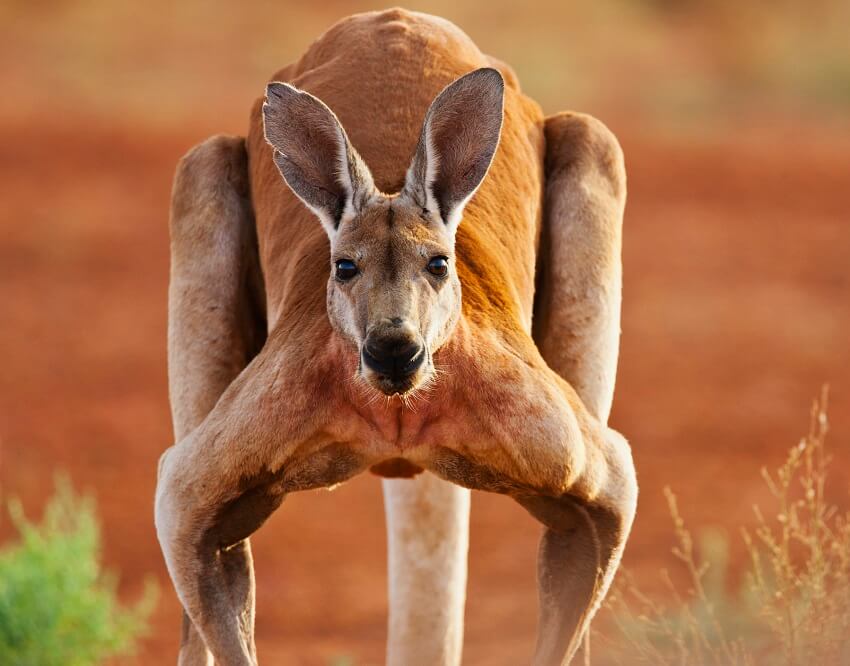
1.1. The Kangaroo’s Natural Habitat
Kangaroos mainly live in Australia, where the diverse natural conditions are ideal for their development. The kangaroo’s habitat is rich and varied, ranging from vast grasslands and bushlands to arid, semi-desert regions.
Each kangaroo species tends to adapt to a specific type of habitat. For example, the Red Kangaroo is typically found in the arid grasslands and central desert regions of Australia, while the Gray Kangaroo usually lives in the humid forests and subtropical areas of the country’s east and southeast. In general, a kangaroo’s natural habitat has a rich variety of vegetation, providing a plentiful food source such as grass, leaves, and young shoots.
1.2. Kangaroo Physical Characteristics
One of the most notable features of a kangaroo is its incredibly powerful and muscular hind legs, which allow it to make leaps of up to 9 meters (30 feet) and reach speeds of up to 70 km/h (43 mph) when necessary. The kangaroo’s front legs are smaller, with sharp claws that help with balance and holding food.
Another special feature of the kangaroo is its long, thick tail, which acts as a third leg when it stands still and helps it balance while moving. Additionally, this animal is famous for the pouch on its belly, where the young (called a joey) is raised and protected during the first few months of its life. This pouch is lined with a soft layer of skin and can stretch to accommodate the growing joey. The joey will remain in the pouch until it is old enough to explore the outside world on its own.
1.3. Kangaroo Habits
Kangaroos typically live in small groups called “mobs,” which can consist of a few to hundreds of individuals, depending on the environment and the specific kangaroo species. Living in a mob helps them protect each other from enemies and find food more effectively.
In terms of movement, kangaroos are mainly active at dawn and dusk, when the weather is cooler. They usually rest in the shade of trees or in other shady areas for most of the day to avoid the intense heat of the sun. Kangaroos also have the habit of hopping instead of walking, which is an efficient method of transportation that allows them to move quickly with minimal energy consumption.
1.4. What Do Kangaroos Eat?
Kangaroos primarily forage for food at night. In cooler months, they may forage all day. Their diet consists mainly of mushrooms, various plants, and they may also eat insects.
They have a digestive system that is very similar to that of livestock like cattle. This allows them to regurgitate their food and chew it again for a second time to aid in digestion.
1.5. How Do Kangaroos Reproduce?
Kangaroos reproduce through mating, giving birth to live young, and then nursing them with milk. Male and female kangaroos will be randomly paired. The reproductive cycle of a kangaroo is similar to that of humans.
The kangaroo’s fertilization process occurs when an egg enters the female’s uterus. Sperm will meet the egg and develop into a joey. The female kangaroo’s gestation period lasts for about 31–33 days.
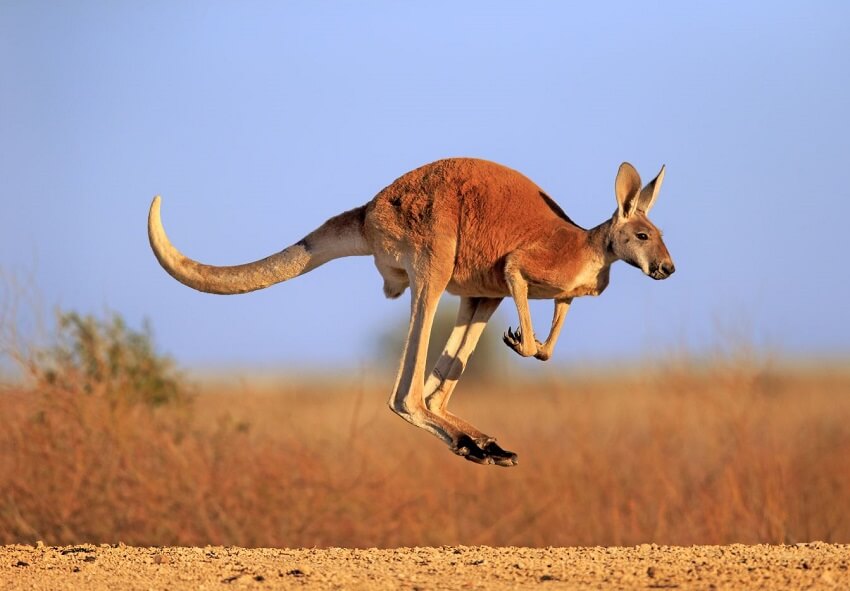
2. What Types of Kangaroos Are in Australia?
The Australian kangaroo is the largest marsupial in the world and an unmistakable symbol of Australia. The image of the kangaroo appears on the national coat of arms, on currency, and is a source of pride for the Australian people.
Four Main Species: There are four main species of kangaroos in Australia, distinguished by their size and habitat:
- Red Kangaroo: This is the largest species, living primarily in the arid and semi-arid regions of central Australia. A male can stand up to 2 meters tall and weigh over 90 kg.
- Eastern Grey Kangaroo: This species is common in eastern Australia, from Queensland to Tasmania. They typically live in open forests and grasslands.
- Western Grey Kangaroo: Found in southern and western Australia, this species is similar in size to the Eastern Grey Kangaroo.
- Antilopine Kangaroo: This species is found in the tropical regions of northern Australia.
All kangaroo species have powerful hind legs, a large, strong tail for balance, and smaller front paws for grasping.
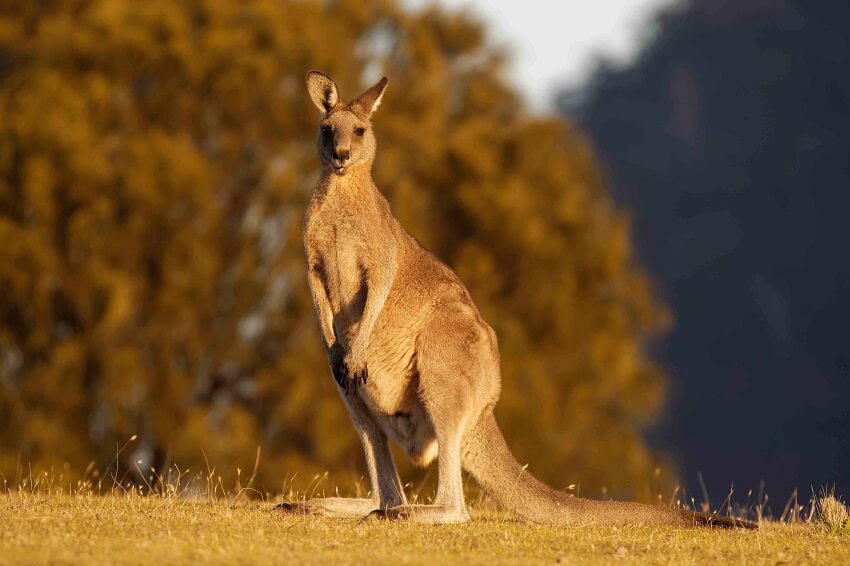
3. Why Are Kangaroos Found Only in Australia?
The kangaroo is an icon of Australia, an animal known for its long jumps, high speeds, and unique biology. But why are kangaroos found only in Australia and not anywhere else in the world? The answer lies in their isolated evolution and the specific environmental factors of the continent.
3.1. Isolated Evolution
The kangaroo is a marsupial belonging to the family Macropodidae, which has ancient origins in Australia. When the continent broke away from the supercontinent of Gondwana tens of millions of years ago, it became an isolated evolutionary environment. This allowed kangaroos to evolve in their own way, unaffected by animals from other parts of the world. This is why kangaroos have so many unique biological characteristics, which are perfectly suited to the harsh living conditions in Australia.
One of their most recognizable features is their long, strong, and muscular hind legs, which allow them to jump up to 9 meters and run at speeds of up to 70 km/h. Their front paws are smaller but flexible, with claws that help them with grasping and balance. The kangaroo also has a large, powerful tail, which acts as a third leg when they are standing still or a counterweight when they are moving.
Another distinct feature is the pouch on their belly, where the young, called a joey, is safely nurtured during the first few months of its life. The pouch can stretch and is lined with a soft layer of skin, which protects the joey until it is strong enough to venture outside and become independent.
3.2. A Unique Habitat
One of the reasons kangaroos are found only in Australia is their unique habitat. Australia is an isolated continent, completely surrounded by ocean, which has long given rise to a unique ecosystem. The natural environment there—including vast savannas, bushlands, and even arid, semi-desert regions—is the perfect place for kangaroos to thrive.
These climate and geographic conditions not only provide a rich food source of grass, leaves, and young shoots, but also limit the presence of large predators, allowing kangaroos to flourish.
Kangaroos are mainly found in areas with diverse vegetation and have adapted very well to each different type of environment. For example, the Red Kangaroo—the largest of the kangaroo species—typically lives in the arid grasslands and central deserts of Australia. In contrast, the Gray Kangaroo prefers the humid forests and subtropical regions of the continent’s east and southeast. Each kangaroo species has evolved in its own way to suit its local living conditions, creating the distinct biodiversity of Australia’s fauna.
3.3. Limited Migration Ability
The kangaroo is an animal endemic to Australia, with its distribution almost entirely limited to this continent and a few neighboring islands. Although they have the ability to move quickly with their powerful hind legs, migrating across an ocean is nearly impossible for this marsupial. Within their natural habitat, kangaroos can travel great distances to find food or adapt to climate change.
However, this migration can only occur within Australia, as factors like vast deserts, complex terrain, and harsh climates also limit their range. Another major barrier is geography. Australia is surrounded by ocean, which acts as a “natural barrier” that prevents kangaroos from migrating to other continents in the same way some birds or marine animals can. This explains why kangaroos are found mainly in Australia.
In addition, each kangaroo species has adapted uniquely to its habitat—from forests and grasslands to semi-deserts—making it difficult for them to survive if they were moved to another place with very different living conditions. Today, conservation and research organizations are closely monitoring kangaroo movement, reproduction, population fluctuations, threats, and habitat conditions to implement more effective protection measures in the future.
3.4. Conservation Policies
The fact that kangaroos still exist and thrive in Australia is not just due to natural conditions but also to the effective conservation policies of the government and animal protection organizations. These measures aim to maintain a stable kangaroo population, protect their habitat, and ensure ecological balance. Australia has a strict legal system for protecting wildlife, and the kangaroo is one of the species that is closely managed.
These regulations control hunting activities through clear quotas, based on field surveys of kangaroo numbers and health status. This helps prevent overhunting and ensures that natural resources are not depleted. In addition, many research and monitoring programs are being implemented to collect data on kangaroo distribution, population fluctuations, threats, and habitat conditions.
This data is the basis for adjusting conservation policies as needed. The Australian government and conservation organizations are also promoting public education to raise awareness of the importance of protecting kangaroos. At the same time, projects to restore habitats, especially forests and grasslands, are being funded to ensure a long-term home for this species.
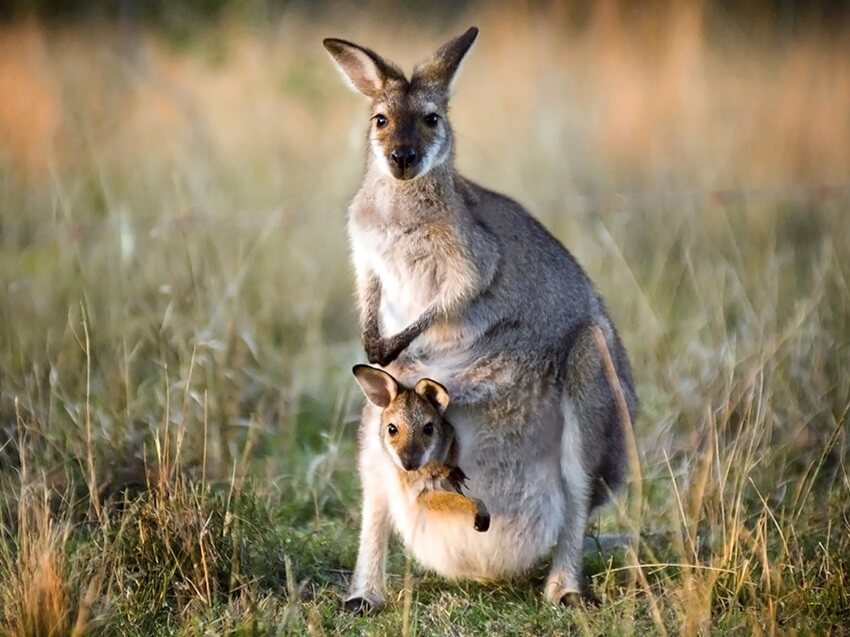
4. FAQs
1. Where do kangaroos live?
Kangaroos are native to Australia and are commonly found in open grasslands, woodlands, and savannahs across the country.
2. What do kangaroos eat?
Kangaroos are herbivores and primarily feed on grasses, leaves, and shrubs.
3. How fast can a kangaroo hop?
Kangaroos can hop at speeds of up to 35 miles per hour (56 km/h) and can cover large distances in a single bound.
4. Are kangaroos dangerous to humans?
Kangaroos are generally shy and avoid humans, but they can become aggressive if threatened, especially males during mating season.
With the information provided by Know All Animals, we hope you have gained useful insights about the Australian Kangaroo, including its origin, habitat, reproduction, diet, and physical characteristics. Thank you very much for reading our article.
References: https://en.wikipedia.org/wiki/Kangaroo

